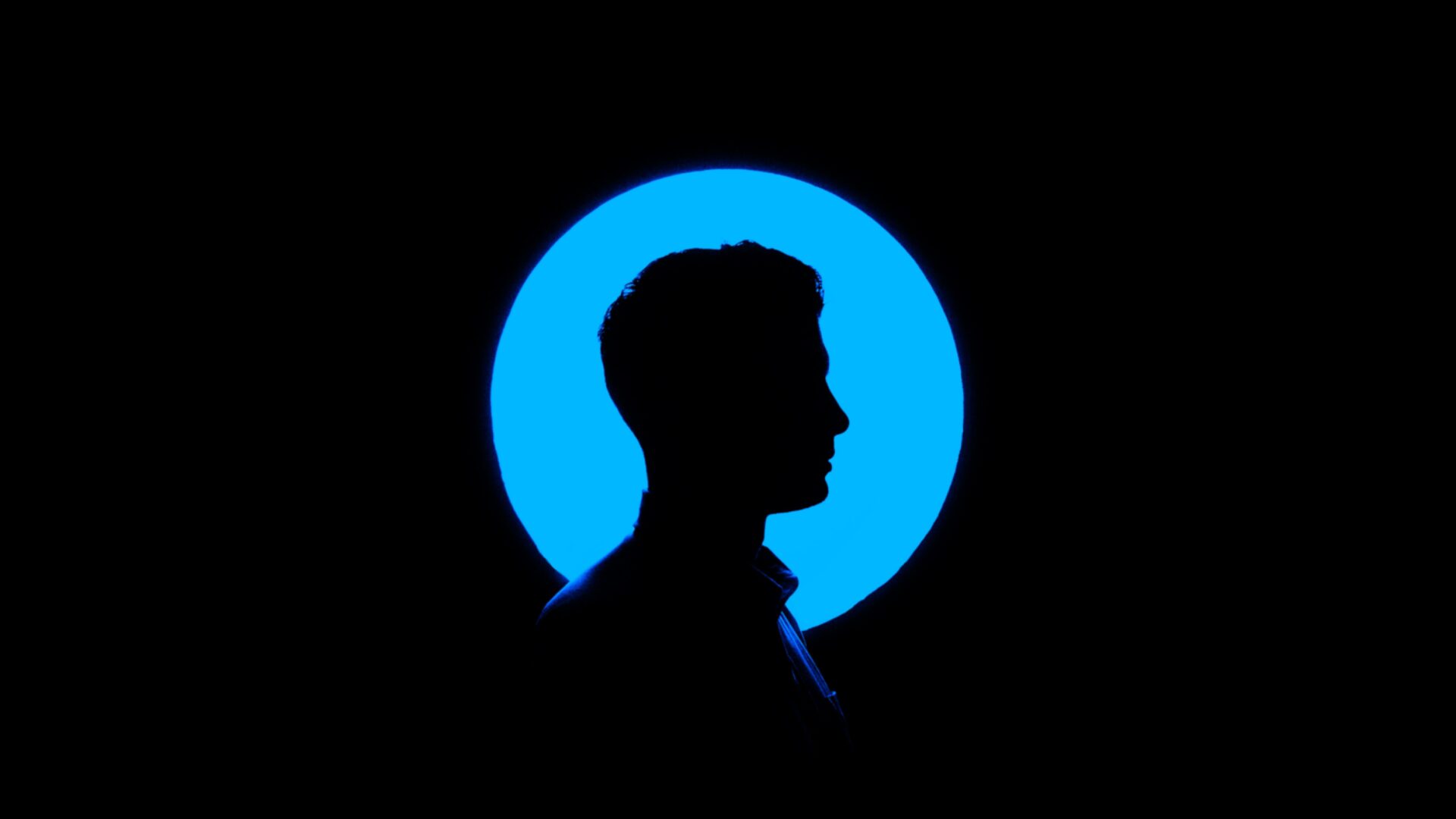25 Aug

‘Design Thinking’, quite a buzzword these days, right? But what if you were told that design thinking has been used by organizations for more than 20 years in the business world. It’s everywhere! It has been here for two decades and it is not going anywhere, anytime soon.
Design thinking can be called a method or a process by which companies focus on solving a particular problem, which is generally complex. It is a combination of philosophy and a set of tools used to solve these problems creatively. The general question that arises in one’s mind is that out of all the methods designed for solving problems, why should one practice this particular method? The answer to this question lies in the understanding that design thinking focuses on human needs and the problems related to them. So, design thinking can be labelled as the means to creatively solve all the problems through the lens of human-centric design. Therefore, it brings the customer perspective into the process.
Design thinking is a process, which starts with empathizing with a situation or a person, or an organization. Whatever the situation be, empathy is very important here unlike the rest of the methods which work just on theories or technologies.
Let us look at the five different steps involved in the process:
- Empathize:
The first step of design thinking is to understand the problem you want a solution to. This perception needs to be changed more emotionally than just intellectually. The problems faced by humans have to be empathized by the person. Moreover, the person also has to have a deeper about the matter. This can be easily accomplished by personally observing the situation at hand, interviewing people, or by using the help of consultants. This stage is all about gathering information about the subject and relating to it in real life.
- Define:
The next step of this process is called define, where the person states the problem. This is the issue that wasn’t deduced in the first step. The problem is defined by analyzing the information received and by combining them to put out a statement that is inclusive of all dynamics.
- Ideate:
After defining the problem, the designers have understood the problem deeply, which will now help them to generate ideas accordingly. Ideation is the stage where the designers use different techniques like brainstorming, brainwriting, or even generating the worst ideas they can think of. These techniques help them to come up with unique ideas for the problem they are concerned about. Now at the end of this stage, the team comes up with different solutions to the problem.
- Prototype:
The fourth stage is to prototype. In this stage, the designers produce different versions of their solutions, keeping them low at cost, which would then test. The conclusion of this experiment is the answer to which of the solutions is the best. Prototypes can be circulated within the group or to an exclusive and small team of stakeholders. After circulating these, feedback should be received from everyone. Using the feedback, the team should either accept or reject the idea. Additionally, instead of accepting or rejecting, they can also re-examine or improve the current idea.
- Test:
The fifth stage is targeted towards testing the solution. After prototyping, testing is the stage when the designers understand the users’ responses in terms of their behaviour and usage of the product. Since testing is done within a small group of people and not the entire population, it is still possible to make changes as per the responses and the feedback, which eventually helps the designers to come to the final solution.
The average misconception is that design thinking stops when the 5th and final stage is completed. However, the real work starts from here. After testing the product with customers, companies tend to find a lot of insights, which the prototyping stage fails to provide. Therefore, after the fifth stage, companies must go back to our second stage. Define again. The enriched understanding of what has gone wrong and what the strength are, helps successfully solve the whole problem efficiently. Based on such insights, companies can define what needs to be changed and the cycle goes on.
